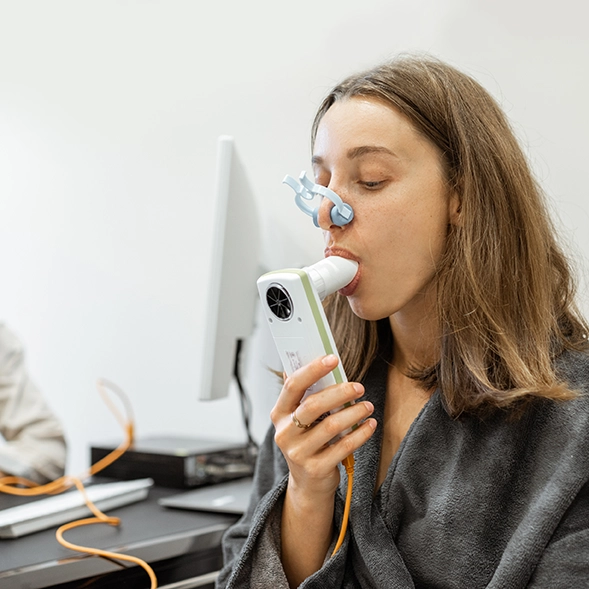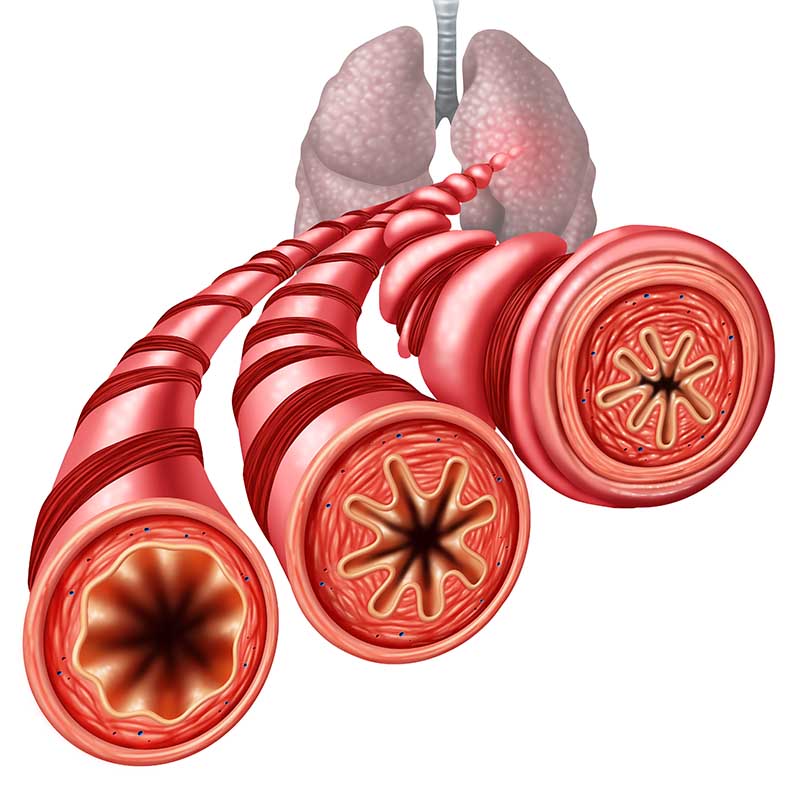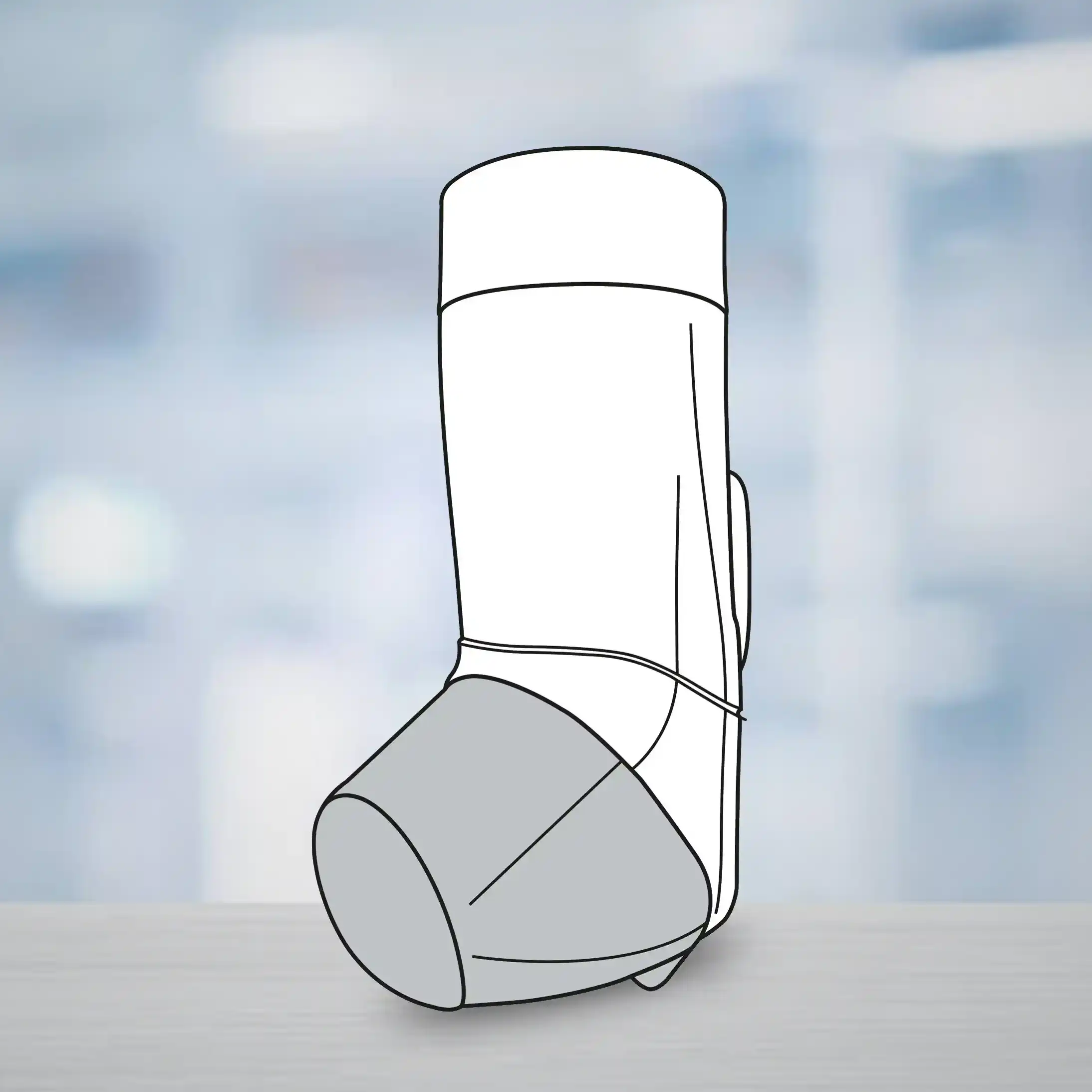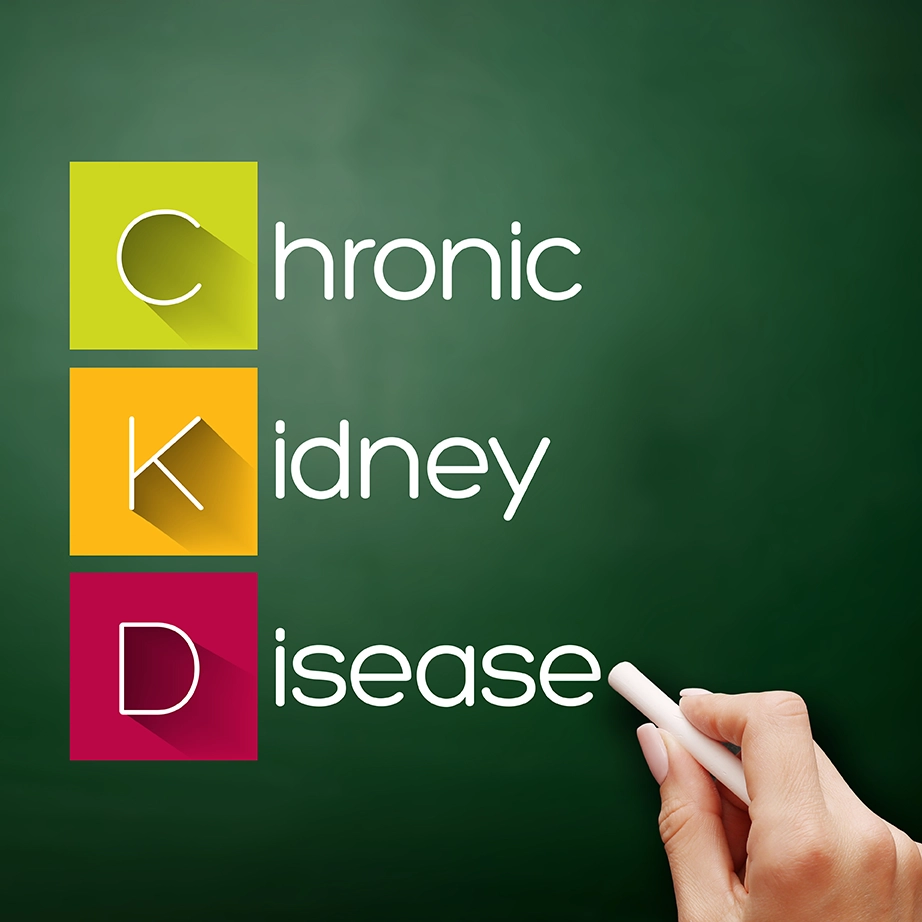Pain Management in Patient with Anal Fissure and Hemorrhoids Using Intravenous Ibuprofen
Case History
Demography
- Gender: Male
- Age: 35 Years
- Presenting symptoms: Painful defecation and prolonged severe pain for whole day.
Main Cause of Pain
- Anal fissure
Severity of Pain
- Moderate
Onset of Pain
- Sudden Onset
Duration of Pain
- 6 months (8 hours/day)
Relevant History and Major Co-morbidities
- History of passing hard stools and occasionally bleeding. Painful defecation and severe pain after each defecation.
Other Relevant Medication History
- Not significant. No history of surgery
Baseline Investigations
Physical Examination
- Fever: 99.2oF
- Pulse rate: 96/min
Laboratory Examination
|
Tests |
Result |
|
Complete blood count |
Within normal limit |
|
Random blood sugar |
Within normal limit |
|
Electrocardiogram |
Normal |
|
Chest X-ray posteroanterior view |
Normal |
|
Human immunodeficiency virus |
Not detected |
|
Hepatitis B surface antigen |
Not detected |
|
Prothrombin time (PT)-international normalized ratio (INR) |
Normal |
|
Kidney function test |
Within normal limit |
|
Liver function test |
Within normal limit |
- Digital rectal examination/proctoscopy – increased tone
- Examination was painful
- A large anal fissure (posterior) and grade II internal piles was observed
- Preoperative investigations were normal
Diagnosis
The patient was diagnosed with an anal fissure and hemorrhoids.
Therapy Details
The patient was started on intravenous ibuprofen (IVIB) to control pain.
- Dose: 400 mg/100 mL IV
- Frequency: Twice daily
- Duration: 8 hourly for two days
Outcome of Therapy
- Clinical response: Initial improvement was observed upon initiation of IVIB, following which a complete resolution of pain was seen within 16 hours.
- Time for onset pain relief was around 20 minutes after administration.
- Reduction in pain and symptomatic relief was observed within 30-45 minutes.
- The pain did not increase after the first dose.
- No other intervention was required for pain relief.
- The patient also experienced lesser pain while defecating.
Side Effects
- No side effects were experienced during the treatment.
Discussion
Doctors’ Opinion
- “Usually, patients need both intramuscular diclofenac and intravenous paracetamol for pain control and control of fever during the peri-operative period, which is quite cumbersome for patients as they do not want to be pricked routinely, especially on the buttocks.”
- “Moreover, choosing ibuprofen is cost-effective for patients.”
Ibuprofen, a non‐selective NSAID, can be administrated orally, topically, and parenterally. Ibuprofen can reduce fever, pain, and inflammation related to illness or injury. It acts by inhibiting the COX enzymes, thereby inhibiting the synthesis of prostaglandins. Intravenous ibuprofen (IVIB) was approved in 2009 by the United States Food and Drug Administration (US FDA) for pain management and for alleviating fever in adults. In clinical practice, IVIB can be used for multimodal pain management. Recent studies have shown the benefits of IVIB as a preventive analgesic agent in reducing both pain scores and opioid consumption.2–4
In India, it is approved by Indian regulatory for the short-term symptomatic treatment of fever, when administration by the intravenous route is clinically justified when other routes of administration are not possible and for the short-term symptomatic treatment of acute moderate pain.
Several clinical pieces of evidence have established the benefits and safety profile of IVIB. Published randomized controlled studies have proven the opioid-sparing and analgesic effects of 400 mg and 800 mg doses of IVIB in postoperative patient populations. Improvement in fever curves with IVIB in critically ill and burn patients has also been reported.1
In a narrative review conducted by Southworth et al., 2020, 344 adult patients and healthy volunteers were studied from 9 clinical trials. Among them, 200 patients received IVIB, while the remaining received placebo or comparator medication. It was observed that IVIB resulted in twice the level of plasma ibuprofen compared to oral ibuprofen. It also decreased perioperative pain, improved recovery, reduced the dependency on opioids and over-the–counter medications, and alleviated post-surgical fatigue and stress response. The authors also suggested that the favorable safety profile of IVIB makes it a suitable choice for the management of pre- and postoperative pain.5
A clinical study was conducted by Tomic et al., 2022, to evaluate the analgesic effect of IVIB compared to diclofenac plus orphenadrine in postoperative pain management in patients undergoing orthognathic surgery. Results revealed that ibuprofen administration and lower body mass index (BMI) were associated with less pain for patients who underwent bimaxillary osteotomy on the third postoperative day.2 Singhla et al., 2010, demonstrated that pre- and postoperative administration of IVIB significantly reduced both pain and morphine use in patients undergoing selective orthopedic surgery.6
Zhou et al., 2023, in their recent review, also observed that IVIB did not increase the risk of serious adverse events (AEs) in terms of fever and pain management. There was also a decreased risk of nausea and vomiting. The rapid infusion of IVIB also provided additional benefits during perioperative periods and in emergencies.4
Concluding Remarks
KOL Speaks
“Using intravenous ibuprofen in a 400 mg/ 100-ml dose is advised for effective and safe pain relief. This method provides faster, well-tolerated and longer-lasting pain relief, reduces the frequency of pain relapses, and lessens the need for other pain medications. Additionally, it improves patient compliance by reducing the frequency of dosing and is cost-effective.”
References
1. Bookstaver PB, Miller AD, Rudisill CN, et al. Intravenous ibuprofen: The first injectable product for the treatment of pain and fever. J Pain Res. 2010; 3:67–79.
2. Tomic J, Wallner J, Mischak I, et al. Intravenous ibuprofen versus diclofenac plus orphenadrine in orthognathic surgery: A prospective, randomized, double-blind, controlled clinical study. Clin Oral Investig. 2022;26(5):4117–4125.
3. Canpolat DG, Kaba YN, Yaşlı SO, et al. Using intravenous ibuprofen for preventive analgesia in orthognathic surgery. J Oral Maxillofac Surg. 2021;79(3):551–558.
4. Zhou P, Chen L, Wang E, et al. Intravenous ibuprofen in postoperative pain and fever management in adults: A systematic review and meta-analysis of randomized controlled trials. Pharmacol Res Perspect. 2023;11(4): e01123.
5. Southworth SR, Sellers JA. Narrative summary of recently published literature on intravenous ibuprofen. Clin Ther. 2020;42(7):1210–1221.
6. Singla N, Rock A, Pavliv L. A multi-center, randomized, double-blind placebo-controlled trial of intravenous-ibuprofen (IV-ibuprofen) for treatment of pain in post-operative orthopedic adult patients. Pain Med. 2010;11(8):1284–1293.










